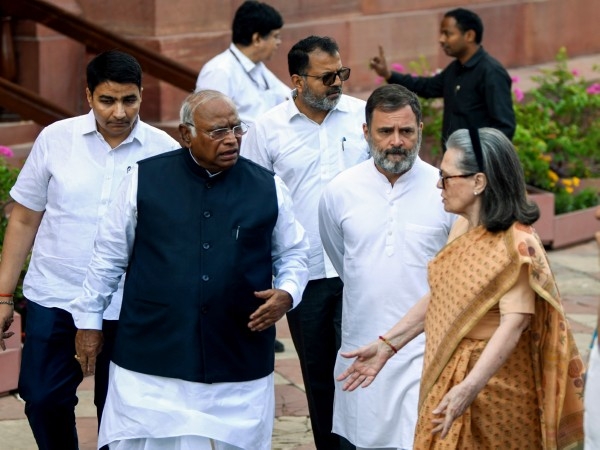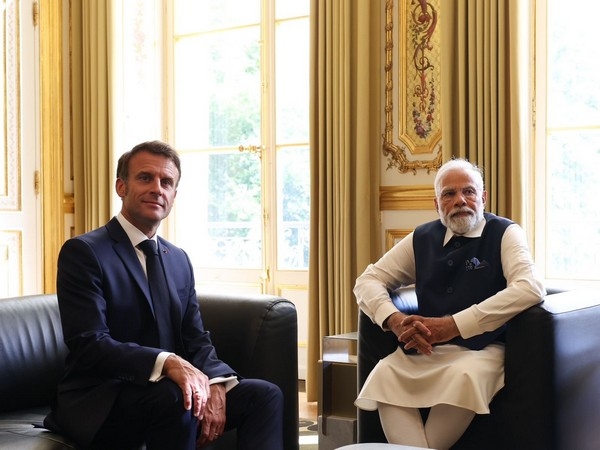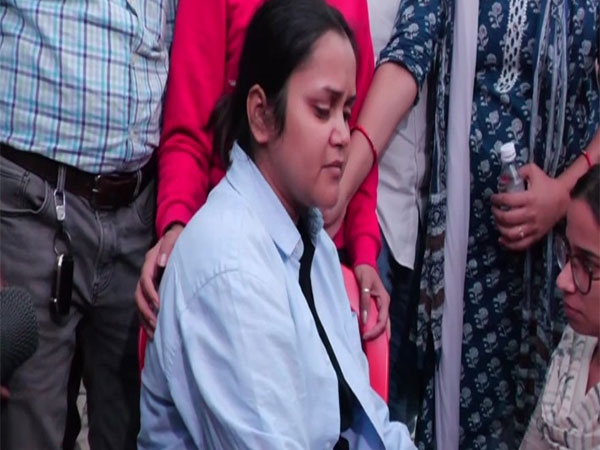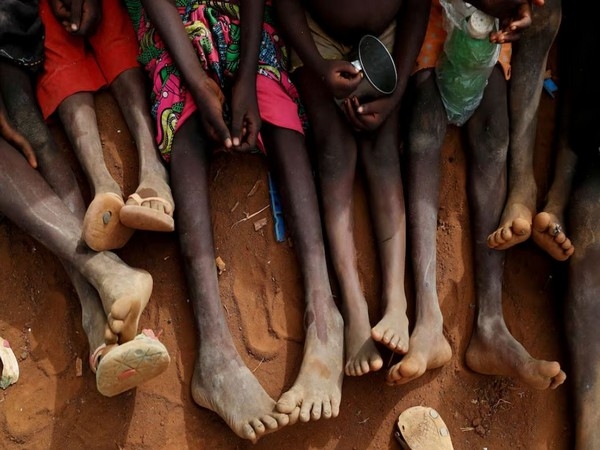On World Malaria Day, there still isn't much to cheer about

Member nations of the World Health Organisation observe World Malaria Day on 25 April every year. The theme for this year is 'End Malaria For Good'.
Cold, hard facts
Malaria kills nearly 584,000 people a year across the world - over 40,000 of them in India. Many of these are children under the age of five.
According to WHO's World Malaria Report 2014, there are 3.2 billion people worldwide at risk. It also shows that 22% of India's population lives in high transmission areas, 67% in low transmission areas and 11% in malaria-free areas.
Read: Ignore the headlines, India won't get a malaria vaccine anytime soon
In 2013's World Malaria Report, India reported 880,000 cases of the disease. According to the WHO, India accounts for 58% of the malaria cases in the South-East Asia Region.
According to the Indian Council of Medical Research, over 40,000 die from the disease every year.
The most potent among five malaria parasites is Plasmodium falciparum. In India, as many as 128 million tests revealed that while P. falciparum caused 53% of the infections, P. vivax accounted for 47%.
The good news is that since 2000, there has been a significant decline in malaria cases and deaths globally, according to the WHO.
Vaccine not on the horizon
Mosquirix, a vaccine candidate developed by GlaxoSmithKline, was approved for field trials by the WHO in August last year, but the results have not been satisfactory. Basically, a mosquito net around the bed would be more effective than the vaccine.
On 23 October, WHO also announced that the roll-out of the vaccine would be delayed by another 3 to 5 years, as more studies are needed to better gauge its efficacy. The vaccine has been under development for 30 years, and has already incurred a research expenditure of $565 million.
Also read: Falling funds, rising deaths: dengue cases have doubled this year
The field trials showed that the vaccine was only partially effective, and a booster shot was needed as the effectiveness waned over time. It also did not have any affect on babies under five months.
The reason why it is hard to develop a vaccine is because the malaria parasite is extremely diverse across the globe - the parasites affecting India are not as the same as those affecting Africa.
India's role in curbing the disease
India's National Vector Borne Disease Control Programme aims to bring malaria cases down to zero. The Central government has set 2030 as the target to eliminate the disease, according to Union Health Minister JP Nadda.
WHO says India is presently in the 'control phase', and is looking to reach the 'pre-elimination phase' by 2017. This means by 2017, India will have to bring down the annual parasite incidence (API) in every district to less than one per 1000 unit population.
India's malaria eradication drive may soon get a boost, with the health ministry likely to tie up with drugmaker Sun Pharmaceuticals for a state-specific programme. This could later be implemented nationwide, said people familiar with the development.
Read- Twin challenge for Delhi: increasing dengue cases and reduced budget cripple national capital
The partnership will help strengthen the National Framework for Malaria Elimination, which aims at tackling the disease through screening all fever cases in a particular area suspected for malaria, rolling out mobile clinics and strengthening district and sub-district hospitals by providing facilities to manage severe cases
India has also been attempting to develop a vaccine of its own. The Malaria Vaccine Development Programme, a non-profit research society under the International Centre for Genetic Engineering and Biotechnology, is leading the effort to develop a vaccine for the disease. But, all of India's efforts are at a nascent stage. None of the present experimental vaccines can be used commercially, or go into production, since they have failed to achieve high levels of immunogenicity.
Spurious drugs
It is also important to note that, according to the WHO, more than one-fifth of all global malaria deaths are because of fake drugs. A 2013 study in Lancet found that a majority of these fake medicines are being manufactured in India and China.
Increasing awareness, ensuring clean surroundings and using bed nets are the most effective tools against tackling the disease for now.
Edited by Shreyas Sharma
More in Catch:
Hot seat Basirhat Dakshin: where lotus blooms amid the grassroots
No houses on rent for minorities: UN expert hits out at Indian mindset
#GompadMassacre: SC orders SIT probe, but justice may never be done
Art by architecture: this German artist jazzes up old buildings, brick by Lego brick

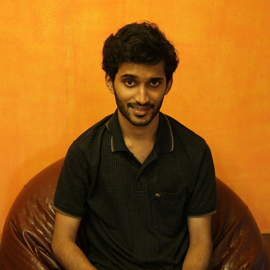

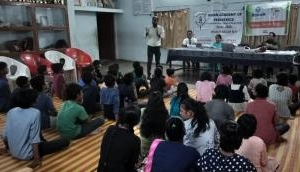



![BJP's Kapil Mishra recreates Shankar Mahadevan’s ‘Breathless’ song to highlight Delhi pollution [WATCH] BJP's Kapil Mishra recreates Shankar Mahadevan’s ‘Breathless’ song to highlight Delhi pollution [WATCH]](https://images.catchnews.com/upload/2022/11/03/kapil-mishra_240884_300x172.png)

![Anupam Kher shares pictures of his toned body on 67th birthday [MUST SEE] Anupam Kher shares pictures of his toned body on 67th birthday [MUST SEE]](https://images.catchnews.com/upload/2022/03/07/Anupam_kher_231145_300x172.jpg)


